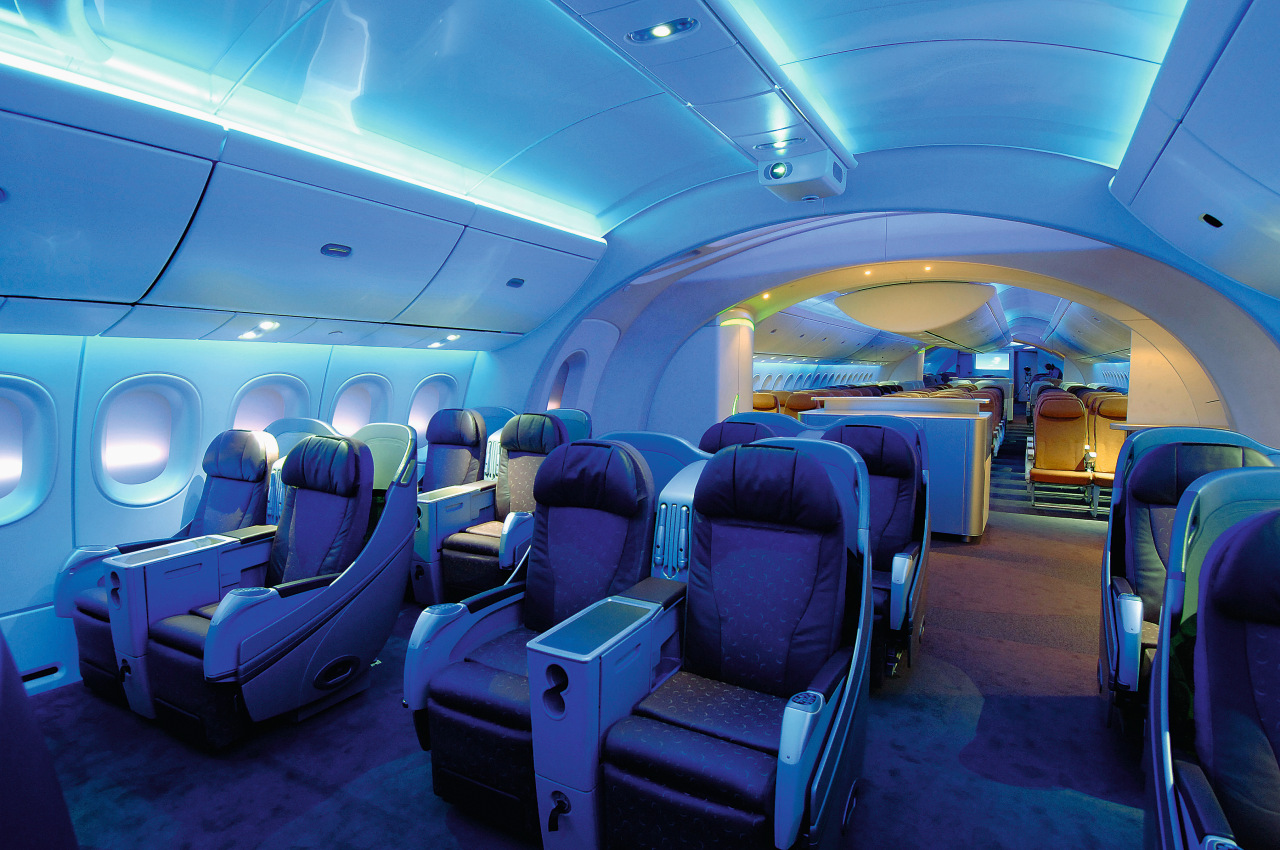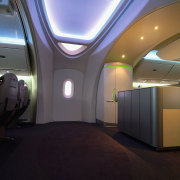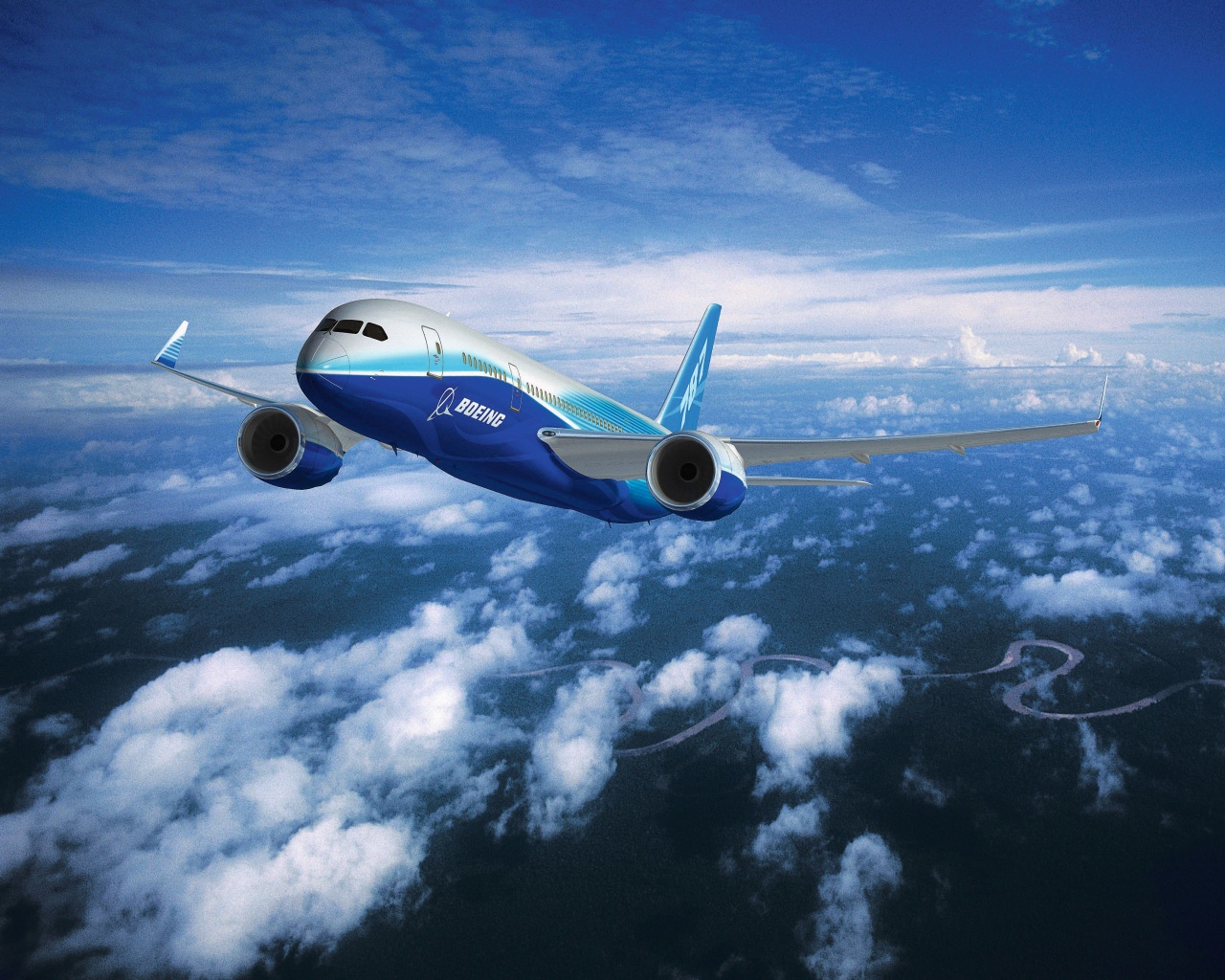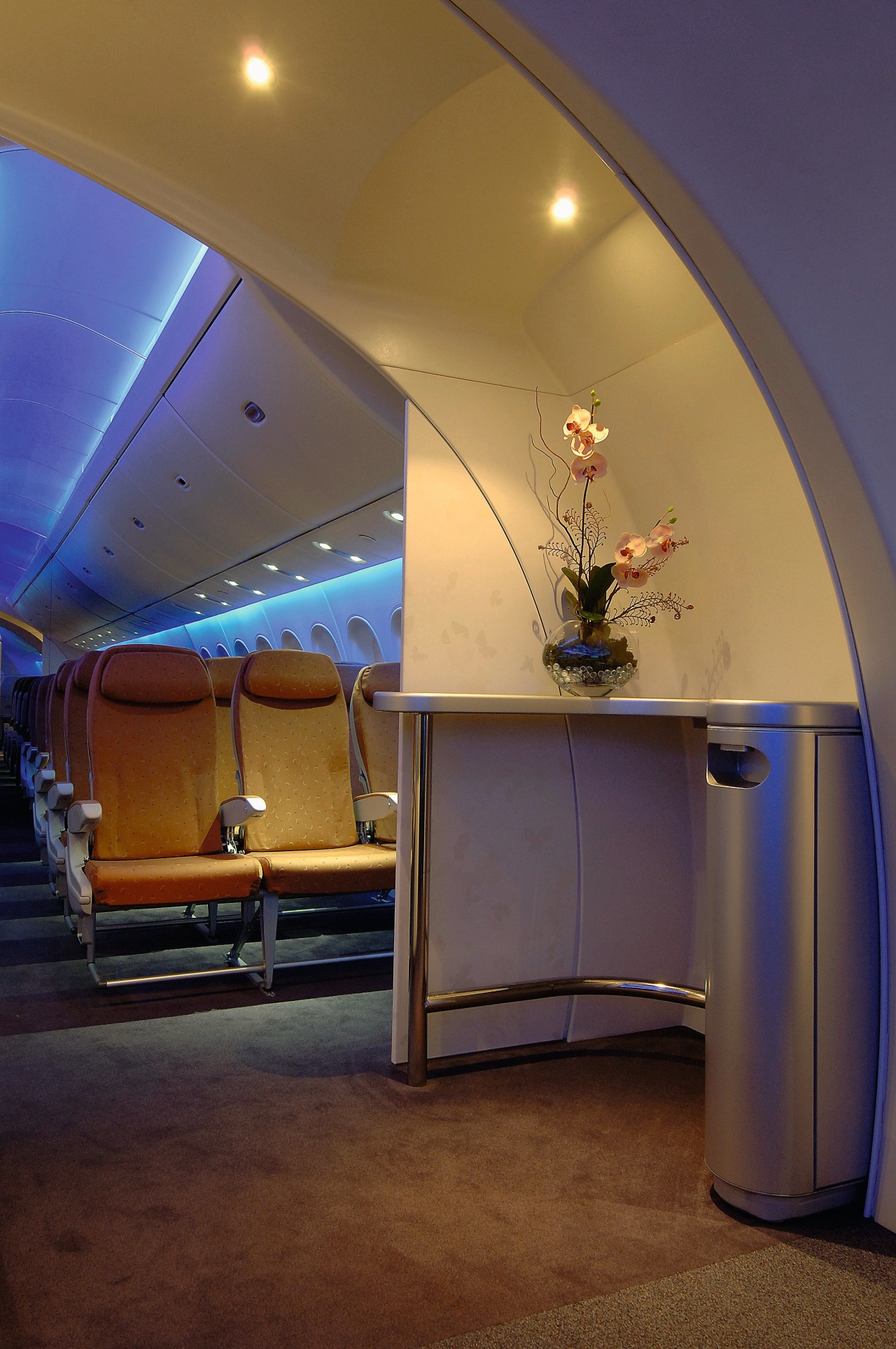The sky's the limit
Cruising for 12 hours at 35,000ft is set to be a whole lot more comfortable, thanks to the advanced technology and innovative design of the new Boeing 787 Dreamliner
If you thought the magic of international air travel had long gone, it's time to think again. The new Boeing 787 Dreamliner, scheduled to come into service in 2008, is pioneering new technology and a new interior designed to provide unparalleled environmental performance and passenger comfort.
Although the 787 Dreamliner programme is being developed by Boeing Commercial Airplanes, the project sees partnerships with a host of other top aerospace companies. And while advances in engine technology from General Electric and Rolls-Royce will contribute as much as 8% increased efficiency, one of the key changes involves the aircraft's composition.
Most of the major sections of the airplane the fuselage, tail and wings will be made from composite materials, which offer many advantages for passengers.
Blake Emery, director of differentiation strategy for Boeing Commercial Airplanes, says because today's commercial airplanes are primarily metal, they are certified to be pressurised to a maximum altitude equivalent of 8000ft to minimise structural fatigue during normal operation.
"The 787 will be pressurised to a maximum altitude equivalent of 6000ft during normal operation," he says. "This is made possible by the stronger, more durable composite materials, which are not subject to the same fatigue conditions."
The composite materials also allow for larger windows and higher humidity to provide passengers with a more comfortable flight. As well as increasing humidity, however, the company has also added new filtration technologies.
"Studies have shown that the combination of both these elements can reduce the number of passengers who experience the symptoms associated with dryness by as much as 50%. Along with the improvements in cabin altitude, the humidity and cleaner air creates a significant improvement in passenger comfort."
But it's not just the things you can't see that make the biggest difference to passenger comfort. Boeing has also made dramatic changes to the cabin interior. Most noticeably the cabin, which seats between 210 and 330 passengers depending on the aircraft type, is considerably more spacious than in conventional aircraft.
"Other airplane shapes are optimised around cargo, but the 787 is optimised around the passenger," says Emery. "Where width has the greatest impact of passenger comfort at seated eye level the 787 Dreamliner cabin is 38cm wider than its competition. This creates more personal space for each passenger."
The increased space is evident right from the moment a passenger steps into the aircraft a deliberate ploy by the designers to set the scene for a whole new flying experience.
"Through our research, we learned two universal aspects that became central to the architecture," Emery says. "First, people are fascinated with the flying experience and want to feel connected to this. Second, people like to feel welcomed when they enter a new place.
"You can visually welcome people by changing the dimension of the space they are in. Since the jet entry way is a small dimension and because space is so precious in an airplane, we chose to expand the vertical space. This gives the passenger a sense of openness and spaciousness a change in dimension that welcomes them."
As well as a larger, open entry way, there are sweeping arches to direct passengers' eyes upward. A calming, simulated sky will further enhance the perception of spaciousness.
The sky-like cabin ceiling extends the length of the plane the illumination provided by arrays of light-emitting diodes. Both the colour and brightness can be controlled by the crew in-flight, to give passengers a sense of night or day as required.
Along with wider aisles and significantly larger toilet facilities, the 787 features well-defined architectural boundaries such as galleys, and other design features to create more room-like proportions. The company says these strategic cabin breaks will make passengers feel more comfortable on long flights.
Seats have also been improved in terms of comfort and leg room, and with configurations of 3-2-3 across an aisle, rather than 2-4-2. This arrangement allows for the greatest percentage of seat occupancy before filling middle seats the company says each empty seat makes two other passengers happy.
Passengers will also enjoy improved views, thanks to windows that are 65% larger than standard aircraft windows a feature made possible by the advanced composite materials. They are designed so that a passenger seated anywhere in the cabin can see the horizon. The windows feature electronic shades that shield the sun without blocking the view.
Story by: Trendsideas
Home kitchen bathroom commercial design









